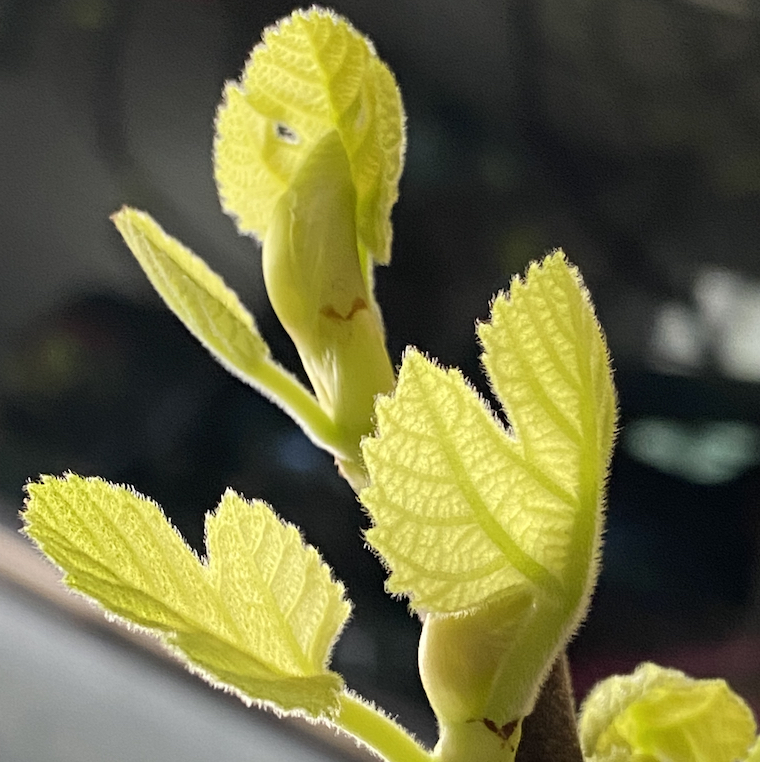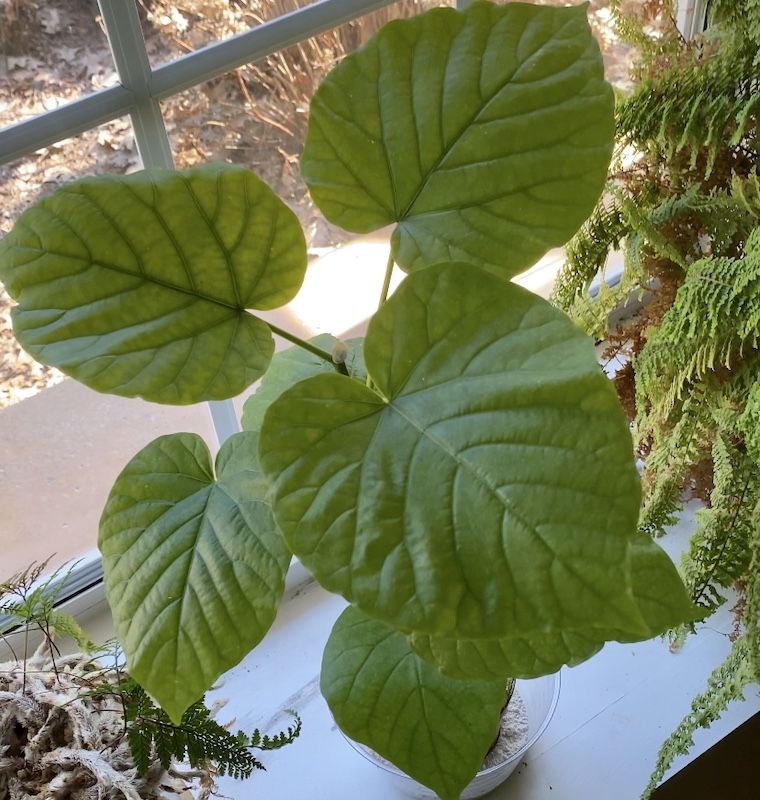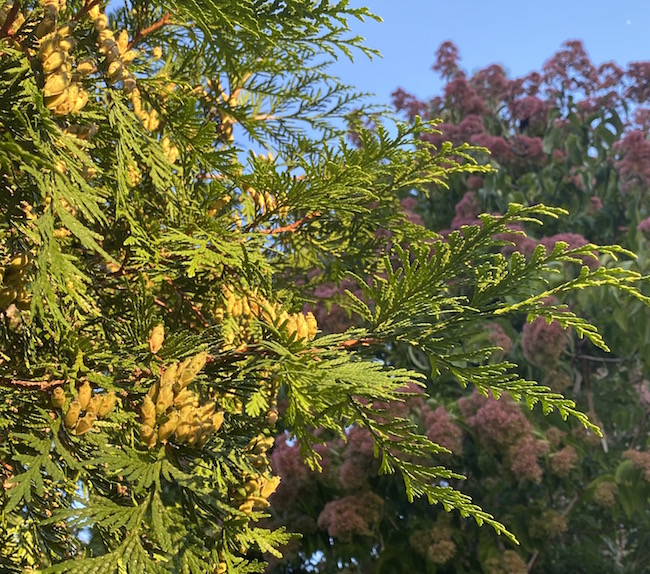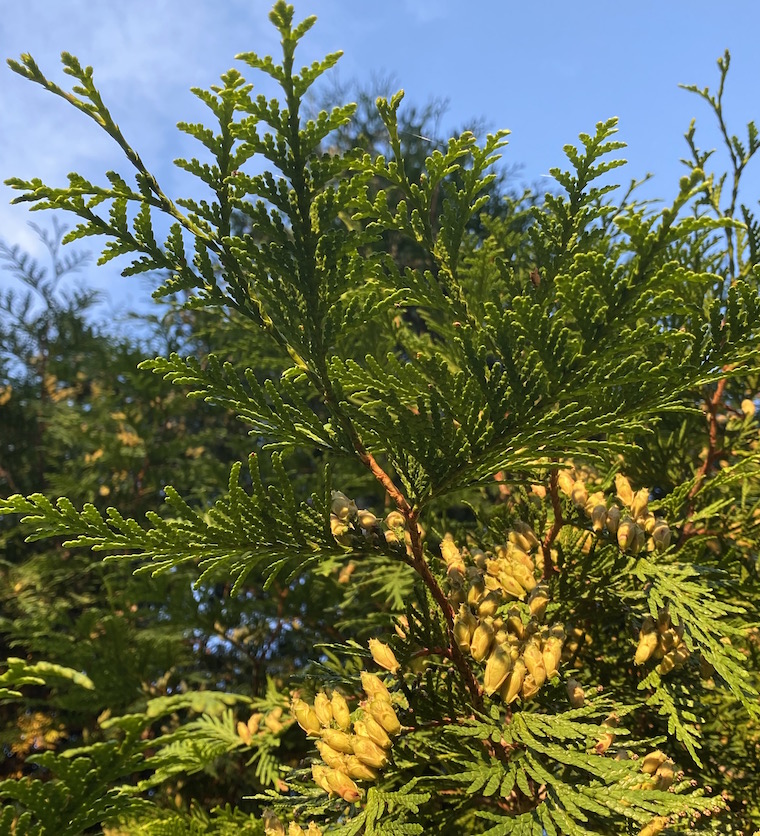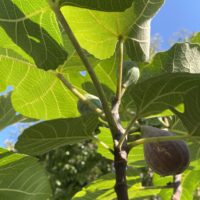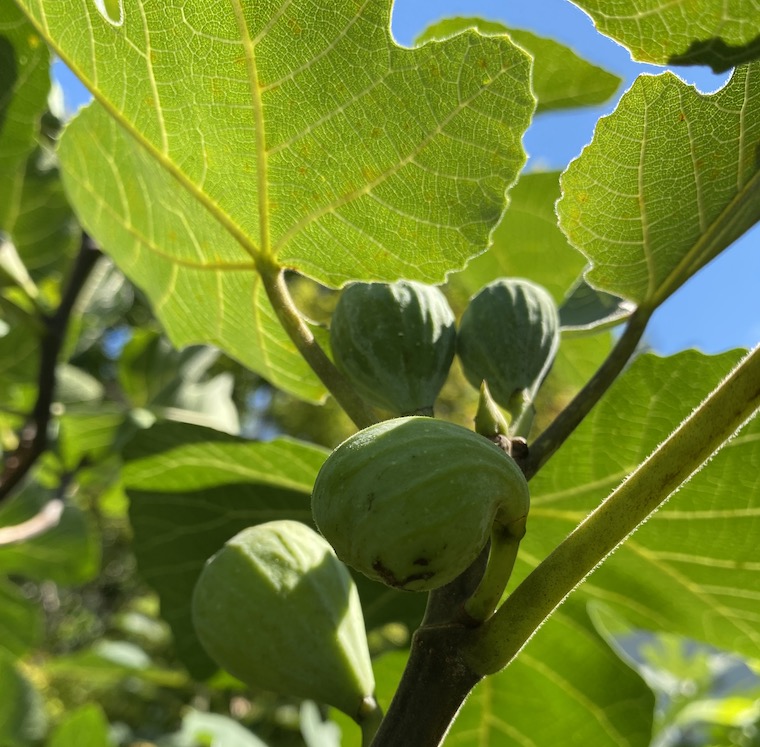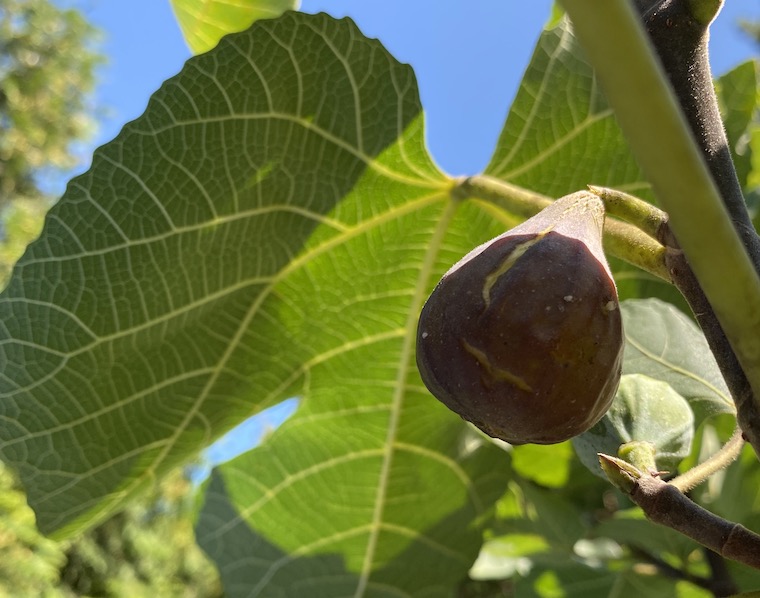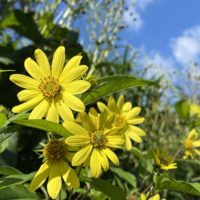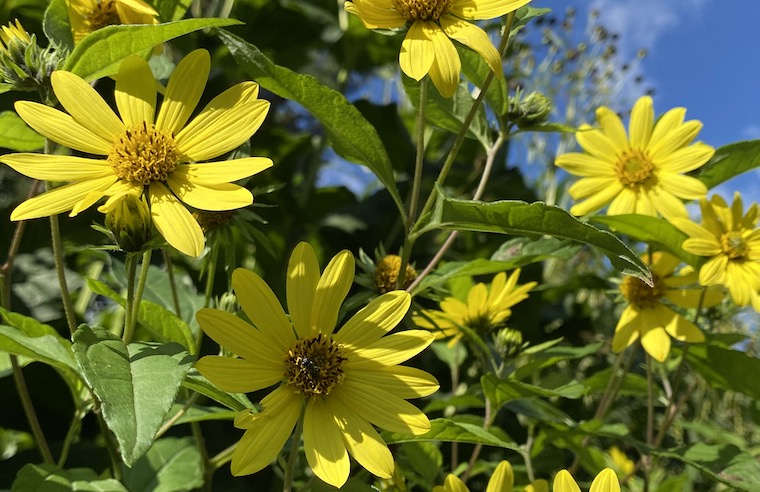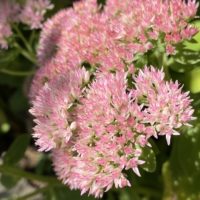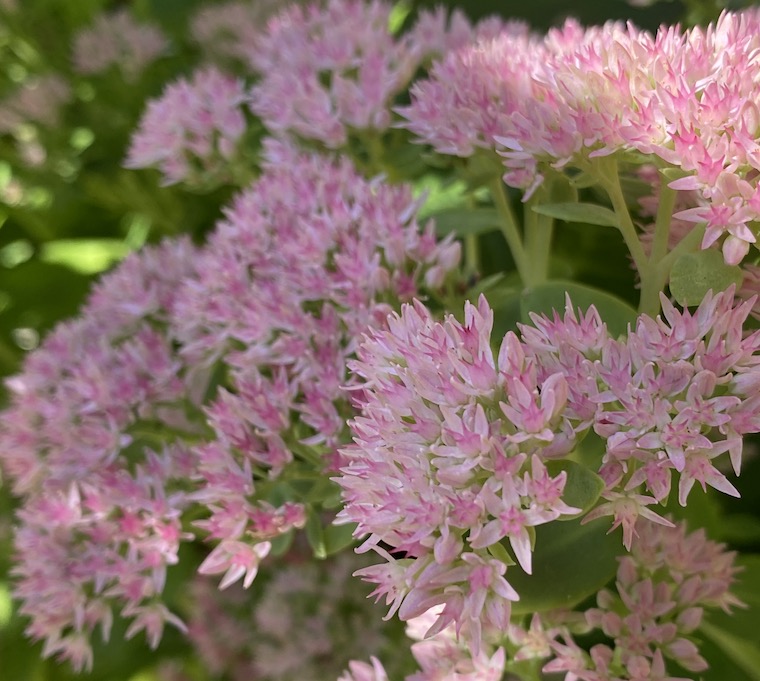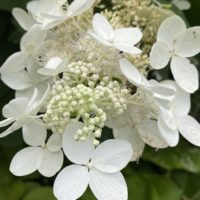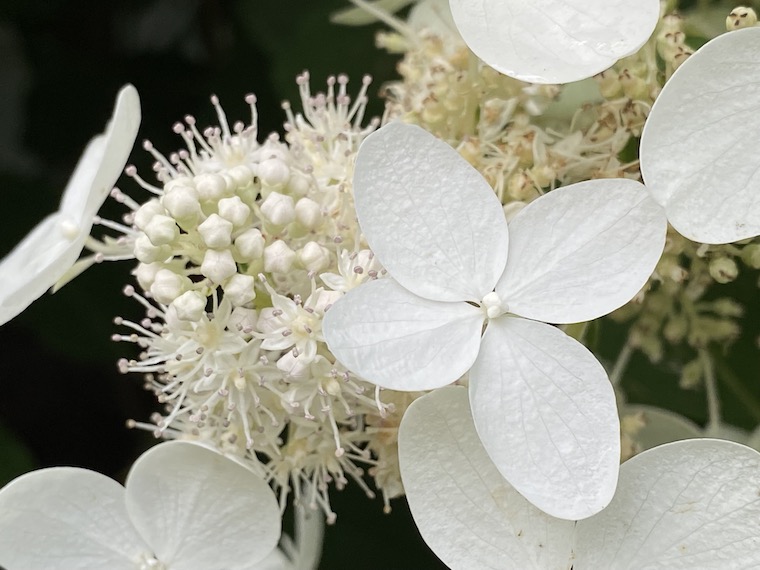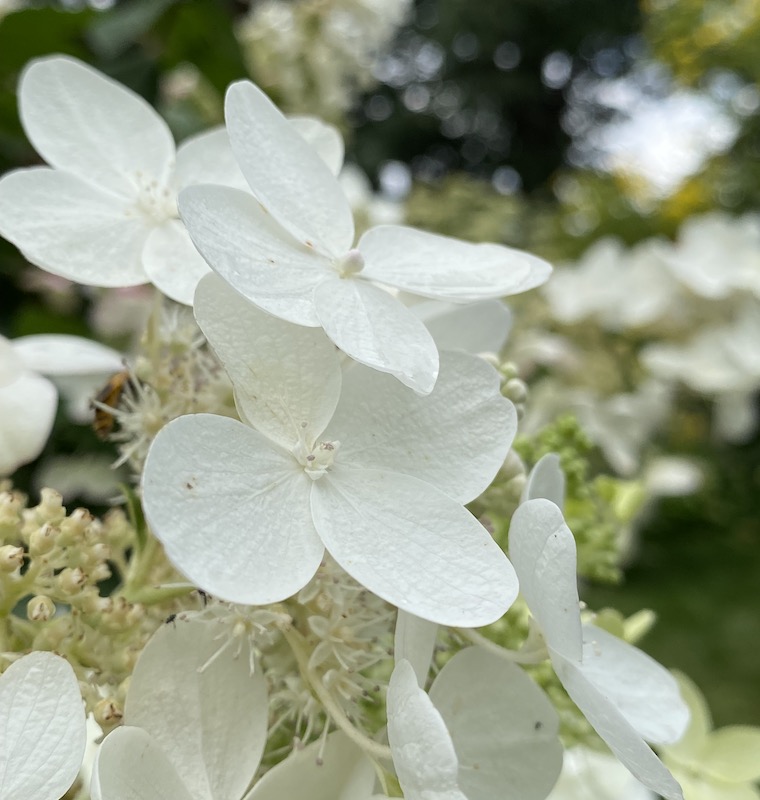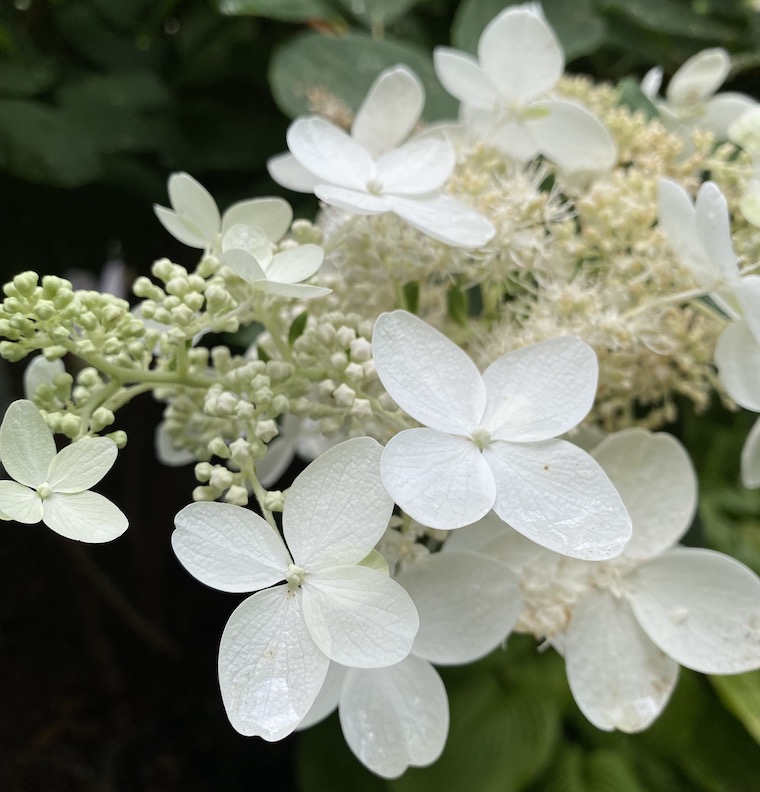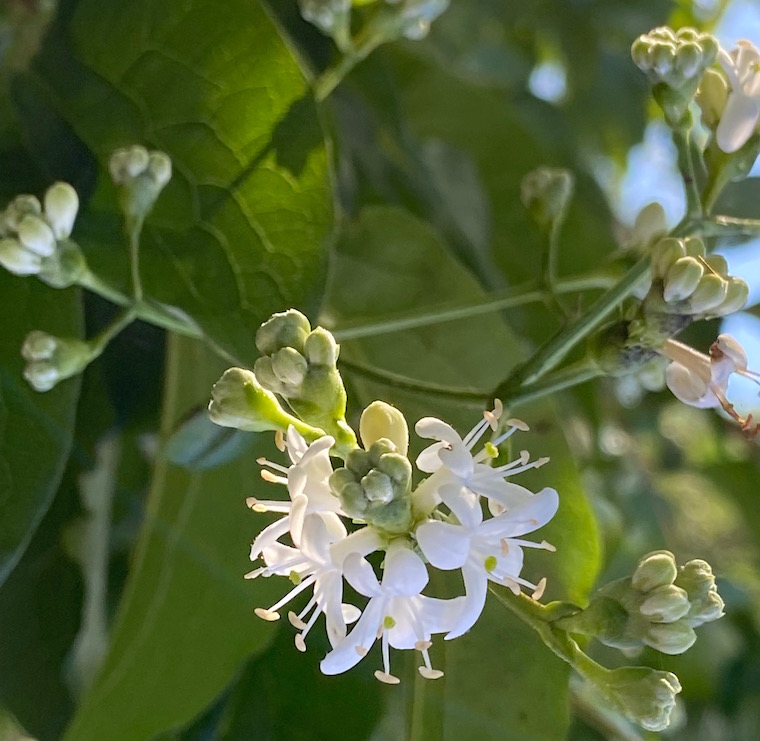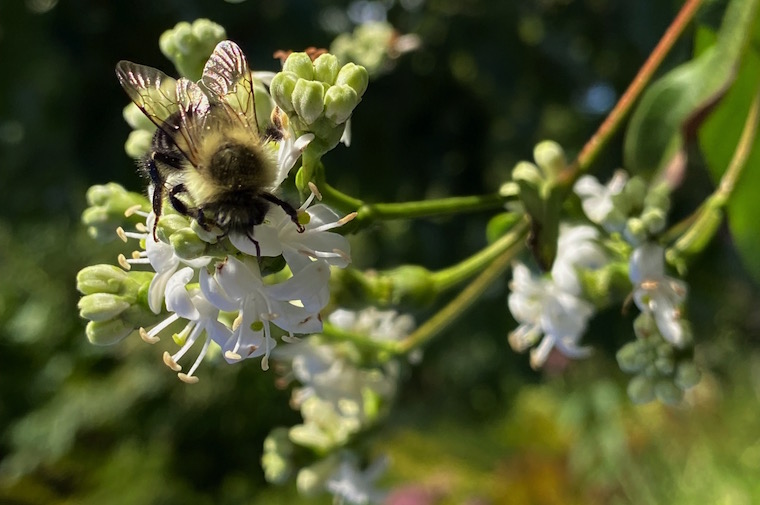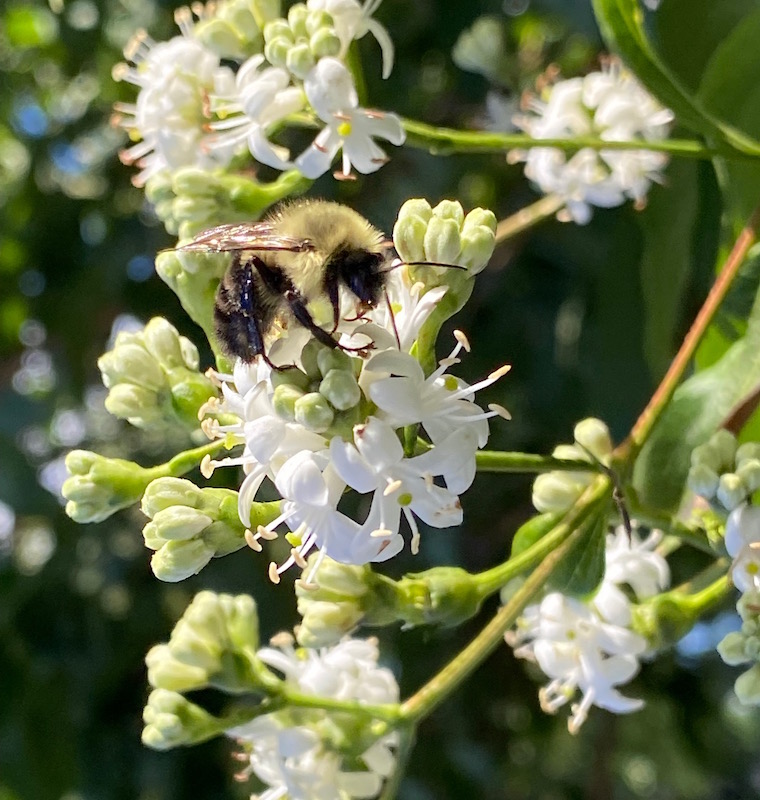“Do not dwell in the past, do not dream of the future, concentrate the mind on the present moment.” ~ Buddha
Behold the burgeoning beauty of Ficus benghalensis ‘Audrey’ – a specimen I procured a little over a year ago which has done decently in our front window, and marked the ticking of time in miraculous fashion. I only just noticed how much it had grown over the last year when I revisited the original post announcing its arrival. Back then, it was only a couple of inches high, with about six leaves held tightly to a central stem. As it became comfortable in its new home, it would unfurl a new leaf every month or two, until it arrived where we find it today – well over a foot tall with 17 full leaves (and a new arriving as seen below, indicating the start of another growing season.
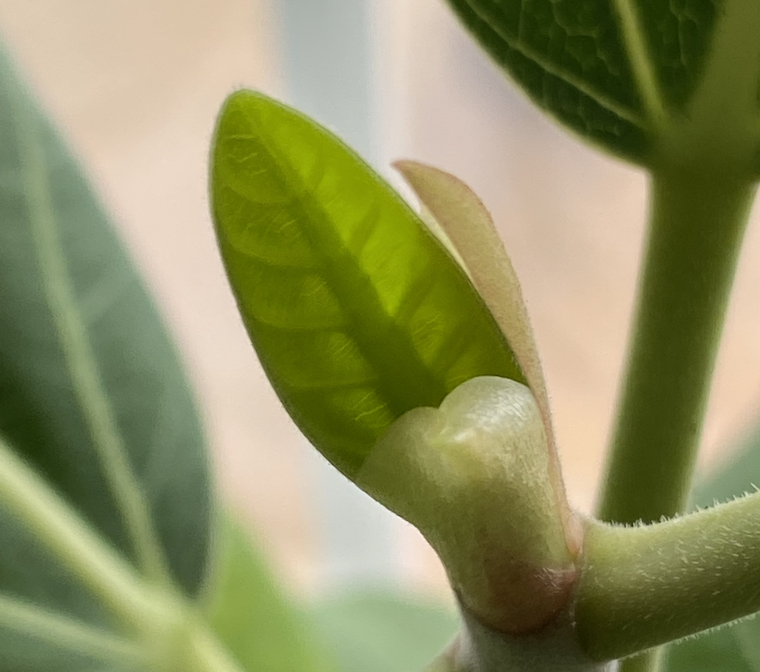
I am usually better at keeping track of such growth, waiting with anxious anticipation and measuring growth in inches and leaves and blooms with annoyingly Virgo-like precision. For the Buddha tree, I’ve merely enjoyed its company, pausing beside it as I do my daily meditation – inspired into a calmer state simply from its pretty and peaceful countenance. Such a gorgeous green keeps me inspired during the dullest winter days. It also reminds me to be present in the moment, grounding my thoughts and worries, seeking to find a similar peace as the Buddha, seeking some state of enlightenment through the practice of mindfulness.
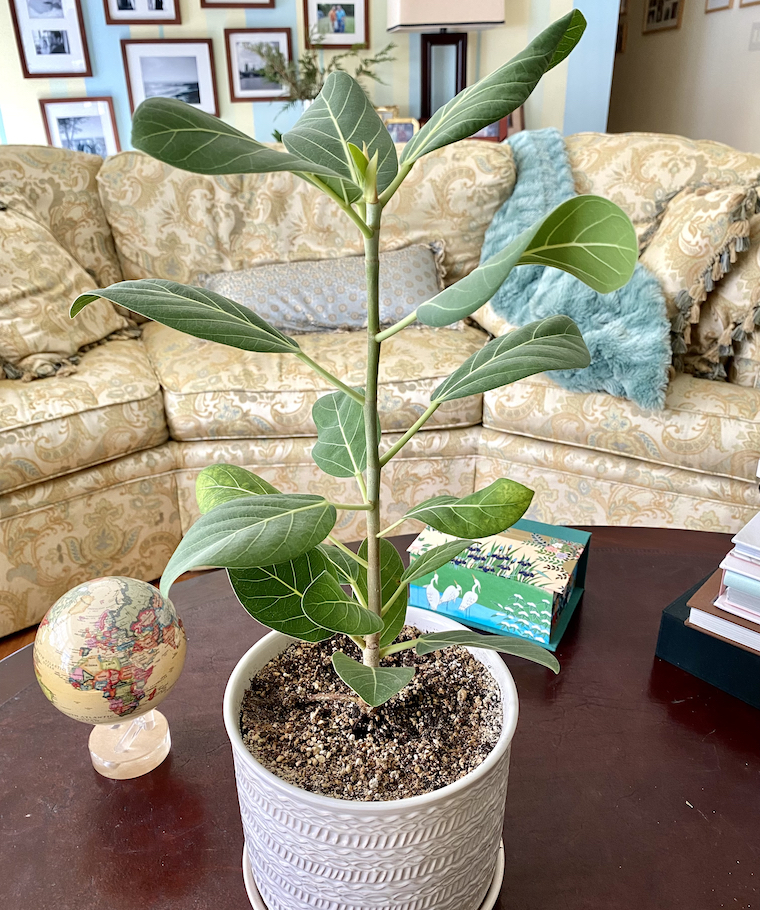
And so this happy little guy grew right before my eyes, and I didn’t even notice it. I don’t know if that’s because I was being more or less mindful, or whether my mindfulness was focused on what did or didn’t matter. Like the mangled roots these trees sometimes develop, some entanglements are best left alone.
As for the future plans for Miss Audrey, I’m going to allow him to grow a bit taller and see how well it attains a single-trunk tree form. At some point it may require staking to stabilize it, depending on high high and heavy it gets, and how thick the trunk develops. But these are thoughts and worries for another day.
For now, I’m offering gratitude for how far this plant has come in the past year – a journey that can only be seen in hindsight, if it needs to be seen at all. (Below is where we began a year ago.)
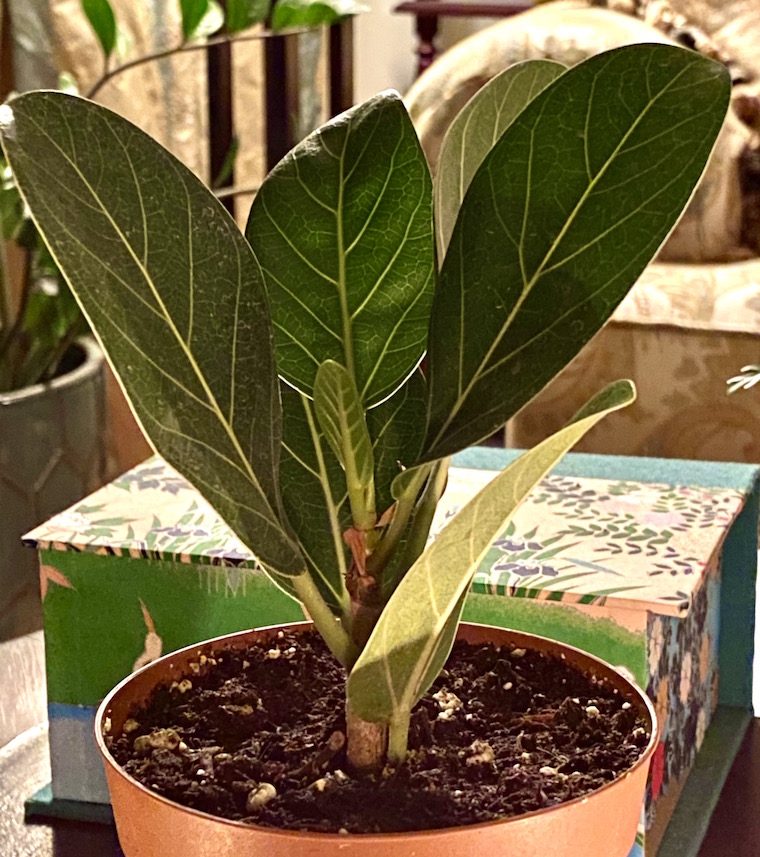
“If you forget the joy of life and get caught in the pleasures of the world, you will come to envy those who put meditation first.” ~ Buddha


